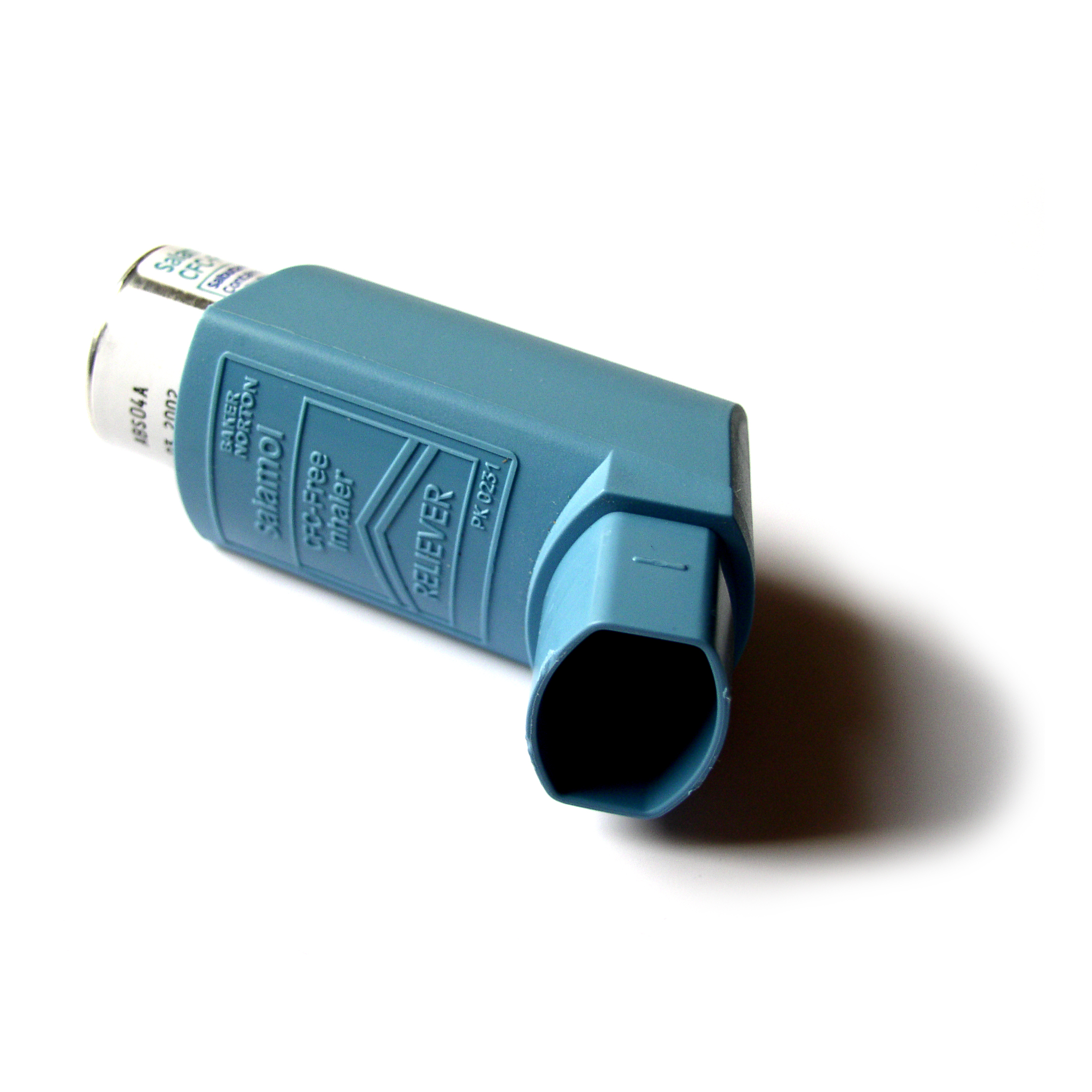
THURSDAY, Sept. 15 (HealthDay News) — As Europe struggles to combat increasing rates of drug-resistant tuberculosis, health officials say the disease is less of a threat in North America — at least so far.
But, they add, the ease of travel that’s a hallmark of the modern world means no one should think they’re beyond risk.
“Drug-resistant TB exists all over the world,” said Dr. Mel Spigelman, president and CEO of the Global Alliance for TB Drug Development, a nonprofit group working to combat the infectious respiratory disease.
In the United States, most tuberculosis cases come from immigrants or visitors from other countries, Spigelman said, adding, “This highlights that we are in a mobile world and drug-resistant TB is spreading.”
On Tuesday, the World Health Organization unveiled a plan to combat the disease in Europe, which is home to nine countries with the world’s highest rates of new drug-resistant TB cases, including Azerbaijan, Moldova, Russia and Ukraine, the Associated Press reported.
The goal of the $5 billion WHO plan is to diagnose 85 percent of all patients and to treat at least 75 percent of them by the end of 2015, resulting — it is hoped — in 120,000 lives saved. Presently, only 32 percent of patients with drug-resistant TB in western Europe are properly treated. One of the problems: many patients stop taking their medicines before the end of recommended treatment, leading to drug resistance.
Officials are trying to combat two particularly worrisome forms of the disease — multidrug-resistant tuberculosis and extensively drug-resistant tuberculosis.
Although the full extent of the problem in Europe isn’t clear, officially reported numbers show a sixfold increase of extensively drug-resistant TB between 2008 and 2009.
And western Europe is far from immune. London, for example, has the highest TB rate of any capital city in western Europe: nearly 3,500 cases annually, an increase of about 30 percent in the last 10 years. Multidrug-resistant cases in London doubled between 2005 and 2009, and now represent nearly 2 percent of all cases, WHO reported.
Tuberculosis is caused by germs spread through the air from person to person. It typically affects the lungs, but can also target other organs and body parts, such as the brain, the kidneys, or the spine. Left untreated, the disease can be fatal, according to the U.S. Centers for Disease Control and Prevention.
Typical symptoms include feelings of sickness or weakness, weight loss, fever and night sweats. Symptoms of TB disease of the lungs also include coughing, chest pain, and the coughing up of blood, the agency said.
Spigelman said about 2 billion people worldwide have been infected with tuberculosis and the disease is hard to eradicate because even treatment for drug-sensitive TB can take at least six months and sometimes years. Compounding the problem: the treatments don’t always work and there is no effective vaccine.
In the United States it can cost up to $500,000 and take two years to treat a patient for multidrug-resistant TB, Spigelman said. “It’s not just buying the drugs, but it is ensuring compliance with treatment,” he said.
“TB is a major global public health issue that is getting minimal attention and we need a lot of help in turning that around,” Spigelman added.
Infectious disease expert Dr. Bruce Hirsch, at North Shore University Hospital in Manhasset, N.Y., agreed that “multidrug-resistant TB is a significant problem.”
“We do have multidrug-resistant TB in the United States,” he said. Often multidrug resistance is caused by the use of several drugs to treat TB over a long period. “Not everyone can tolerate or take all the medications all the time and that’s a problem,” he said.
Extensively drug-resistant TB is even more of a problem, Hirsch explained. “Extensively drug-resistant TB is profoundly resistant and much more dangerous,” he added.
Hirsch noted that among generally healthy people, only about 5 percent get TB after being exposed to the germ.
Still, he is concerned that TB cases could rise in the United States.
“With air travel the way it is, each and every person’s health can be related to each and every other individual,” Hirsch said. “There is a potential for more TB and it is a reason to maintain public health and access to care for any sick person, because that infection can not only hurt that person, but other people.”
The CDC reported in March that rates of tuberculosis fell to an all-time low in the United States in 2010, but the disease continues to disproportionately affect racial and ethnic minorities, those who are foreign-born, and people infected with HIV.
There was a total of 11,181 tuberculosis cases reported in the United States in 2010, a 3.9 percent decline from 2009 — to 3.6 cases per 100,000 people. Still, infection rates were seven times higher for Hispanics, eight times higher for blacks, and 25 times higher for Asians than for whites, the CDC researchers found.
The study also found that the TB rate was 11 times higher among those born outside the United States.
More information
For more on tuberculosis, visit the U.S. National Library of Medicine.

